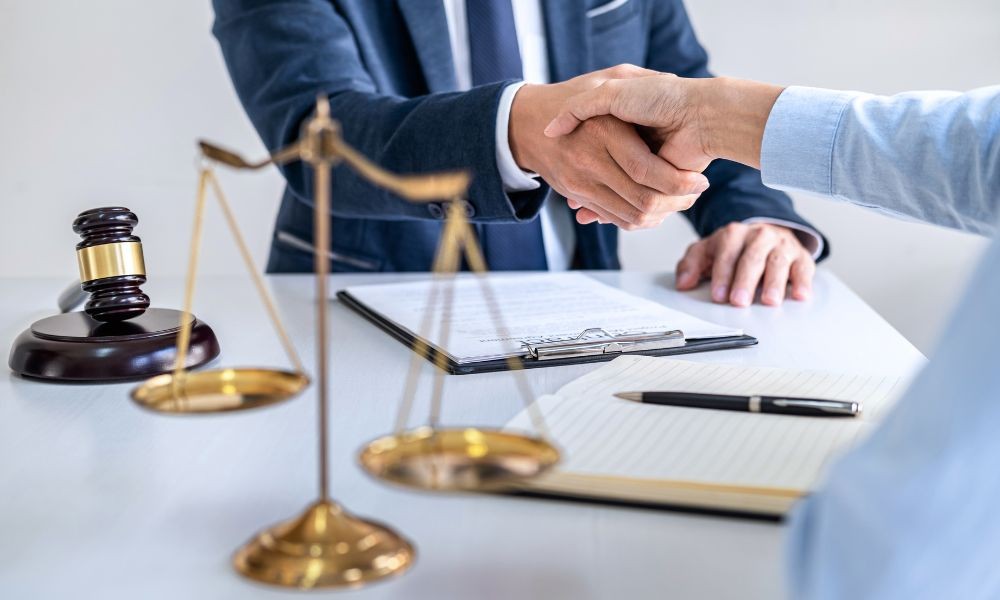After a crash on a parish road or highway, your first focus is healing. Yet the choices you make in the first days can shape your financial and legal future for months to come. This guide explains what local lawyers do behind the scenes and how those steps protect your rights. You will learn how fault is investigated, how insurers are handled, what evidence matters, and why timing is critical in Louisiana. Drawing on the experience of Rice & Kendig, we outline practical steps you can take now to strengthen your claim.
Investigating fault in local car and truck collisions
Fault decides who pays, and in Louisiana’s comparative fault system, even small facts can move the needle. Police reports help, but they are not the final word; lawyers test every detail. Skid marks, debris patterns, and vehicle damage tell a story about speed, braking, and impact angles. For truck crashes on corridors like LA-1 or US-71, commercial data and federal rules also come into play. A careful, local-focused investigation gives you leverage when negotiating with an insurer or in court.
Key steps a local lawyer takes
A strong investigation starts at the scene. Attorneys secure photos and video of road conditions, signage, lighting, and sightlines. They obtain 911 recordings, dispatch logs, and body- or dash-cam footage before it is deleted. For trucks, they request electronic control module (ECM) data, driver logs, and bills of lading to show schedules and loads. Witness canvassing near the crash site can uncover neutral accounts from nearby homes or businesses.
Experienced Red River Parish Injury Lawyers also look beyond the vehicles. They examine whether a roadside hazard, missing guardrail, or poor maintenance contributed to the wreck. When needed, they retain accident reconstruction experts to model the event and explain it in plain language. These experts analyze crush profiles, download airbag modules, and map the scene with laser scans. The result is a clear, fact-based picture of fault that is hard for an insurer to dismiss.
How attorneys manage insurer communication and disputes
Insurance adjusters sound helpful, but their job is to limit payouts. Early calls may push you to give a recorded statement or accept a quick check before you know the full extent of your injuries. An attorney takes over those communications, sets boundaries, and makes sure only verified facts are shared. This protects you from statements that can be twisted and from signing releases that cut off future claims. With a lawyer handling the flow, you can focus on treatment without pressure.
Strategies that protect your claim
- Channel all calls and letters through counsel to avoid misstatements.
- Decline recorded statements until your attorney reviews the questions.
- Insist on written confirmation of coverage limits and claim numbers.
- Document every communication and preserve all correspondence and texts.
- Push for timely decisions and use formal demand packages to frame the dispute.
When disputes arise, legal teams challenge low valuations with evidence and law. They may highlight medical findings, wage records, or state regulations that apply to trucks and commercial carriers. If an insurer delays, ignores evidence, or undervalues clear losses, attorneys escalate with bad-faith notices or file suit to trigger discovery. Firms like Rice & Kendig understand local carriers, regional claims offices, and common tactics used in North Louisiana. That insight helps turn a stalled file into a structured negotiation—or, if needed, a trial-ready case.
Evidence collection methods strengthening injury claims
Strong cases are built on timely, organized proof. Photos of the scene, vehicle damage, and visible injuries create a baseline record. Medical records and imaging show mechanism of injury and link the crash to symptoms. Pay stubs and employer letters document time off and reduced duties. Together, these materials create a consistent narrative that supports both liability and damages.
Sources of proof that move the needle
- Surveillance and traffic cameras near intersections or store fronts.
- Vehicle data: airbag control module downloads, ECM data, and telematics.
- Trucking records: hours-of-service logs, GPS pings, weigh station tickets, and maintenance files.
- Public records: crash reports, citations, and prior complaints about a dangerous stretch of road.
- Medical proof: ER records, diagnostic scans, specialist notes, and treatment plans.
- Financial proof: W-2s, 1099s, payroll summaries, and doctor work restrictions.
- Living impact: pain journals, family statements, and day-in-the-life videos.
Chain of custody matters, so lawyers move fast to preserve digital sources before they are overwritten. They send spoliation letters to trucking companies and nearby businesses to hold video and data. Expert witnesses may be engaged to interpret complex files—such as converting raw ECM data into speed and braking charts. Red River Parish Injury Lawyers also curate the story of recovery, showing how pain limits daily tasks and future plans. This blend of technical and human evidence often shifts negotiations in your favor.
Timely filing deadlines under Louisiana personal injury law
Louisiana has short deadlines, known as prescription, for personal injury claims. In many cases, you have one year from the date of the crash to file a lawsuit. Wrongful death and survival actions also run on tight timelines tied to the date of death. Medical malpractice and some other claims follow different statutes and rules, which can include special notice requirements and outside limits. Because the clock is strict, waiting can cost you both rights and leverage.
Why speed matters
Time affects more than the lawsuit deadline. Many videos, including store or traffic cameras, are erased in days or weeks unless preserved. Trucking logbooks and certain electronic records are kept for limited windows under federal rules, often around six months. Police body-cam and 911 audio can also cycle out under agency policies. Acting early lets your attorney send preservation letters, request records, and capture data before it disappears.
Filing suit is the sure step that stops the clock on most tort claims. Before that, your lawyer may push for swift negotiations while preparing pleadings in case talks stall. If an insurer suggests a tolling agreement, counsel will evaluate whether it is reliable and complete. Service and venue choices also matter; filing in the right parish and serving all parties properly ensures your case is heard. With prompt action, you protect both your legal deadline and the evidence needed to win on the facts.
Financial recovery options for medical and wage losses
Crash injuries can strain a family budget fast, even with good insurance. The law allows recovery for past and future medical bills, lost wages, reduced earning capacity, and other losses tied to the injury. It also recognizes non-economic harms such as pain, emotional distress, and loss of enjoyment of life. Your actual medical payments, the reasonableness of charges, and the need for future care all play roles in valuation. A clear, documented damages picture supports fair negotiation and, if needed, a strong verdict.
Building a clear damages picture
- Gather all medical billing and proof of payments, not just summaries.
- Track mileage, co-pays, home care, and out-of-pocket medical supplies.
- Use employer letters, payroll data, and tax returns to show wage loss.
- Consult specialists to project future care and work limits.
- Identify all insurance sources: at-fault liability, UM/UIM, and med-pay.
- Address liens early (Medicare, Medicaid, VA, private plans) to avoid surprises.
Attorneys also look for additional sources of recovery beyond the at-fault driver. Commercial carriers may have layered policies, and your own uninsured/underinsured motorist coverage can fill gaps. Medical payments coverage can help with immediate bills regardless of fault. If the crash happened on the job, workers’ compensation intersects with your claim and may have a lien on third-party recovery. Firms such as Rice & Kendig coordinate these moving parts so you receive the maximum net recovery, not just a large gross number that is later consumed by costs and liens.




